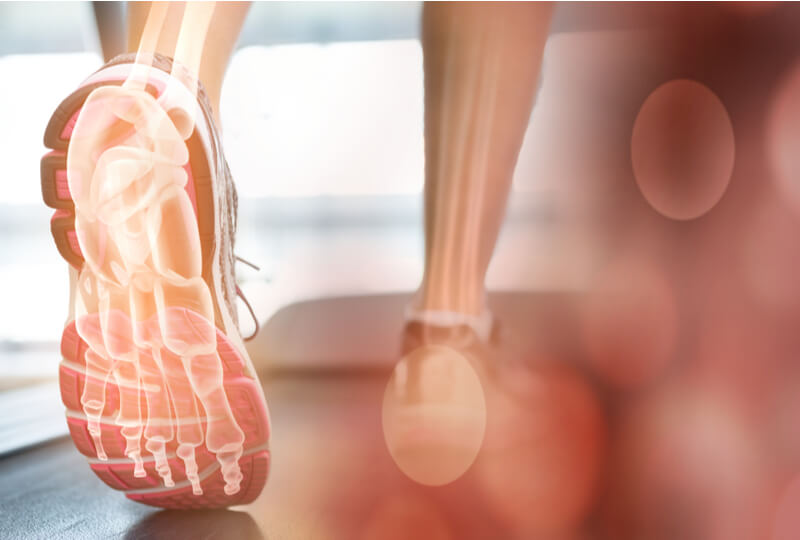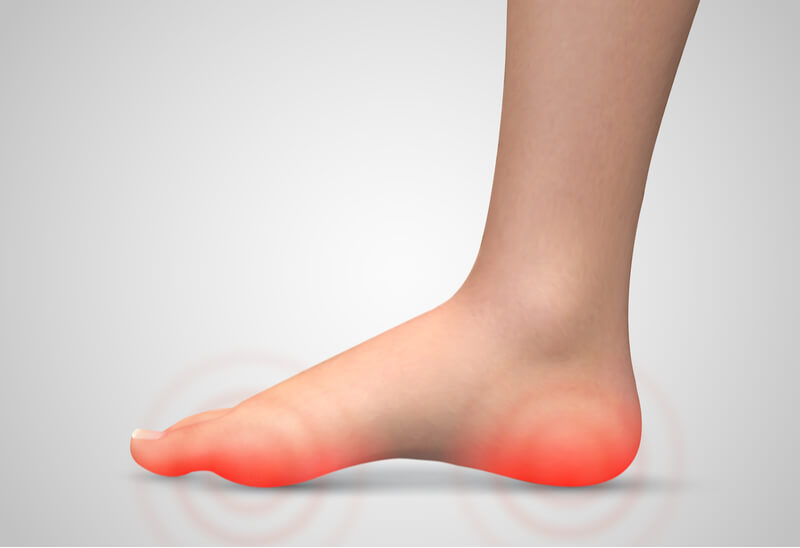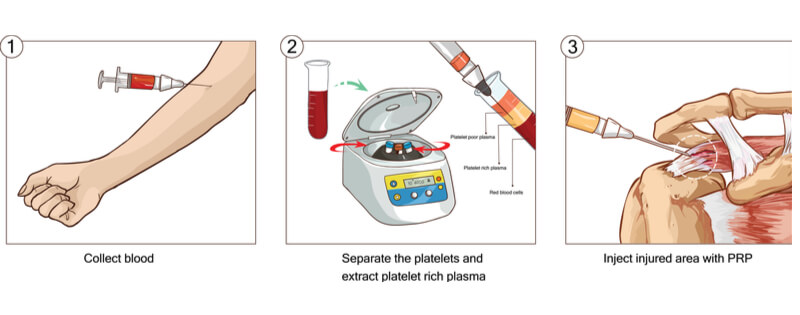When the pandemic was at its peak, many people felt the effects of being overly sedentary due to a lack of physical activity. Today, running has become an increasingly popular way to stay fit after an extended period of social isolation. However, runner-related foot injuries are common after a period of time of extended stress on your feet.
Read on to find out more about why your foot hurts and how to prevent pain.
Why do I feel pain in my feet after running?
There may be many benefits to running, such as increased cognition and improvement in heart health. But it is also a very physically demanding activity that creates a lot of tension in your legs and pressure, especially on your feet.
There may be too much stress exerted on one specific part of the foot, such as your toes, soles, or heel. This is not uncommon as runners have their own unique styles of running. Also, recreational runners may not have received training to improve their running form, optimize performance, and minimize injury.
A weak ankle may result in pain after a period of running. Weak ankles could be caused by past injuries. The most common symptom of weak ankles is your ankles turning or rolling to the outside.
Running-related foot injuries may also happen when you increase the intensity of your training drastically or run on steep terrains.
Wearing ill-fitting shoes when running can cause many long-term problems and can cause serious harm. When the shape of the shoe does not match your foot contour, you may experience pain, corns, calluses, and even deformities.
Location of Foot Pain
Your foot is a complex network of bones, muscles, ligaments, and tendons that work together while you run. As such, a running-related foot injury may involve one or more parts of this intricate network.
The location of the foot which is causing you pain can tell you a lot about your running form. Here are some common locations of foot pain:
Heel
You may experience stabbing pain in your heel or the bottom of your foot after running. plantar fasciitis is the inflammation of the thick band of tissues that connects your toes to your heel bone along the bottom of your foot. Long-distance running – particularly with poor running form – can cause plantar fasciitis, as can flat feet and high arches.
Toes
The big toe supports 50% of your body weight when your foot is rolling forward and pushing off the ground. If you started having pain in your big toe during or after running, it may be due to overuse or injury.
Ankle
 Ankle pain manifests as a sharp pain in the front, back, inside, or outside of the ankle. Your ankles may hurt when running due to strains, sprains, fractures, tendonitis, or arthritis. Tendonitis means inflammation of a tendon that forces it to tear or swell, and is generally an overuse running injury, though it can occur due to a specific injury. If it is not diagnosed and managed correctly, it may become chronic.
Ankle pain manifests as a sharp pain in the front, back, inside, or outside of the ankle. Your ankles may hurt when running due to strains, sprains, fractures, tendonitis, or arthritis. Tendonitis means inflammation of a tendon that forces it to tear or swell, and is generally an overuse running injury, though it can occur due to a specific injury. If it is not diagnosed and managed correctly, it may become chronic.
The proper running form
Proper running form can help to improve your running performance, thus preventing the occurrence of a foot injury. Your running gait plays a vital role in the many health benefits of running. It enables you to run longer distances at a greater intensity with less pain and discomfort.
There may be specific form techniques that you can follow, depending on the distance and speed you want to run. Additionally, stretching your muscles before and after a run is important to prevent further injuries.
As part of maintaining good running form, it is important to wear proper footwear and attire to prevent falls and injuries. In addition, hydrating yourself before and after running is crucial as this will help to keep your body in peak performance.
How to treat foot injuries in runners
The type of treatment will depend on the diagnosis of the foot injury.
Doctors may use plasma-rich platelet (PRP) injections that help to relieve pain temporarily. It also speeds healing after injury by helping injured tissue to heal faster. PRP injections are used to treat torn tendons, tendinitis, muscle injuries, arthritis-related pain, and joint injuries.
To collect plasma, a doctor draws blood from your body and uses a machine to separate the platelet-rich plasma from the rest of the blood. Then the doctor numbs the area of your body being treated with PRP injections. Once the affected area feels numb, the doctor uses a needle to inject your plasma into the area of your body being treated.
Platelets are a type of blood cell that makes your blood clot. They also play a role in healing. Once platelets are in the area that’s being treated, they trigger your body’s healing process. 
In addition, the conventional R.I.C.E (rest, ice, compression, elevation) treatment always comes in handy as a conservative form of pain management for less severe injuries.
Severe foot injuries may result in lifelong damage if not treated early. To avoid this, do consult a sports doctor as soon as possible to diagnose the underlying cause and seek pain relief.



